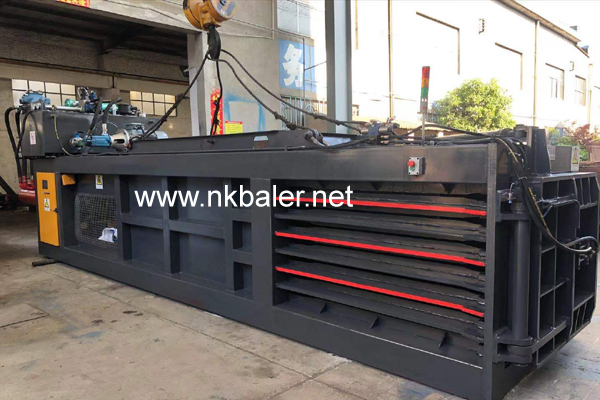The comparison of prices between environmentally friendly balers and traditional balers is usually influenced by the following factors:Research and development costs:Environmentally friendly balers often require more investment in research and development to adopt eco-friendly materials,energy-saving technologies,and pollution reduction designs,which may increase their initial cost.Material costs:Using eco-friendly materials and components can lead to higher costs since these materials might be more expensive or harder to source than traditional ones.Production costs:If the production efficiency of environmentally friendly balers is lower than that of traditional balers,their production costs could be higher,affecting the final price.Operational costs:Environmentally friendly baling machine may have lower energy consumption and produce less waste during use,reducing long-term operational costs.Recycling and reuse:Environmentally friendly balers might be easier to recycle and reuse,reflecting this long-term economic benefit in the initial price.

Email:info@nkbaler.com Nickbaler888@gmail.com
WhatsApp: 008615021631102

